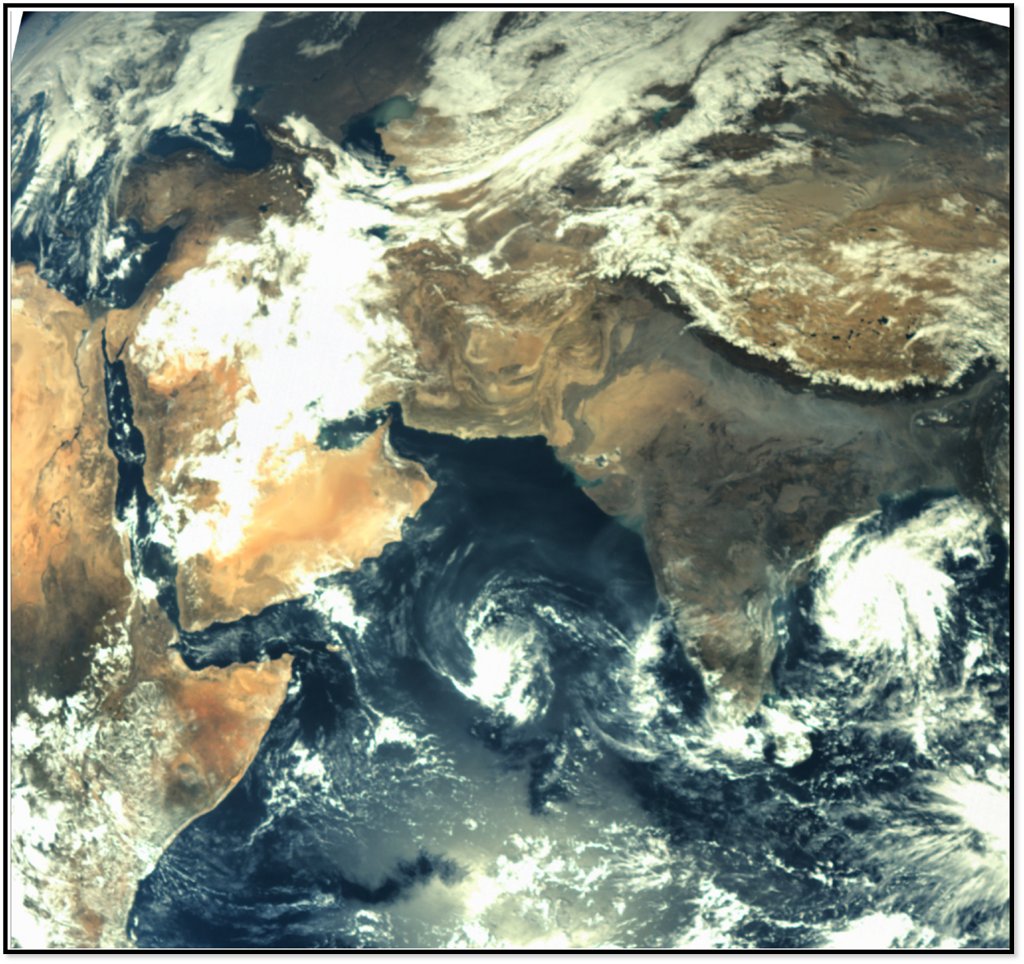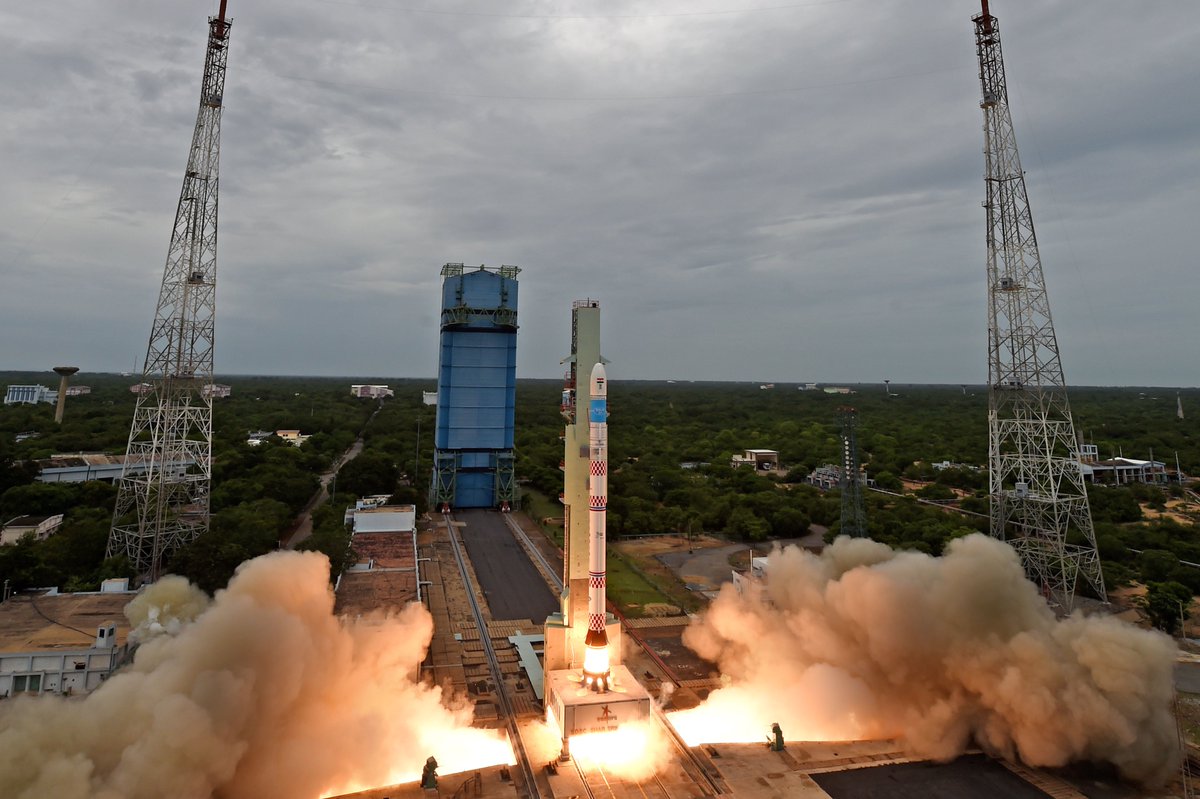
#UPDATE #JUSTIN #Thread
Yesterday, @isro successfully carried out the flight acceptance hot test of a CE-20 engine for a duration of 25 seconds at its high altitude test facility in Mahendragiri. 1/n
Yesterday, @isro successfully carried out the flight acceptance hot test of a CE-20 engine for a duration of 25 seconds at its high altitude test facility in Mahendragiri. 1/n

This engine is earmarked for the next GSLV-Mk3 mission — the LVM3-M3 — identified for the launch of the next set of 36 OneWeb India-1 satellites. 2/n
"The cryogenic upper stage of the LVM3 vehicle (C25 stage) is powered by a CE-20 engine working with the LOX-LH2 propellants combination. This engine develops a nominal thrust of 186.36 kN in vacuum," Isro said. 3/n
The major objectives of the flight acceptance test were to confirm the integrity of hardware, assessment of subsystems' performance and tune the engine for meeting mission requirements parameters for flight operation. 4/n
"Analysis of test data confirmed the satisfactory performance of the engine systems. This engine will be assembled to the C25 flight stage being integrated for the LVM3 M3 vehicle," @isro added. 5/n 

As reported earlier, the next OneWeb launch by Isro is through a commercial contract Space PSU @NSIL_India has with Bharti-backed @OneWeb. 6/n
Earlier this week (October 23) Isro launched 36 OneWeb satellites onboard the GSLV-Mk3 — LVM3-M2 mission — as part of NSIL's contract. It was #GSLVMk3's first commercial mission and India's first attempt to launch a commercial satellite in a non-PSLV mission. n/n 

• • •
Missing some Tweet in this thread? You can try to
force a refresh











